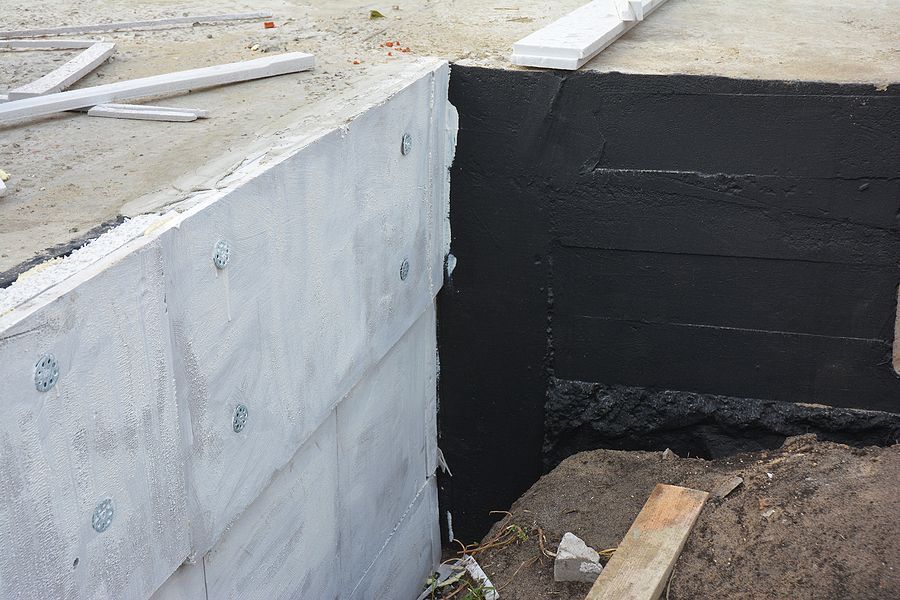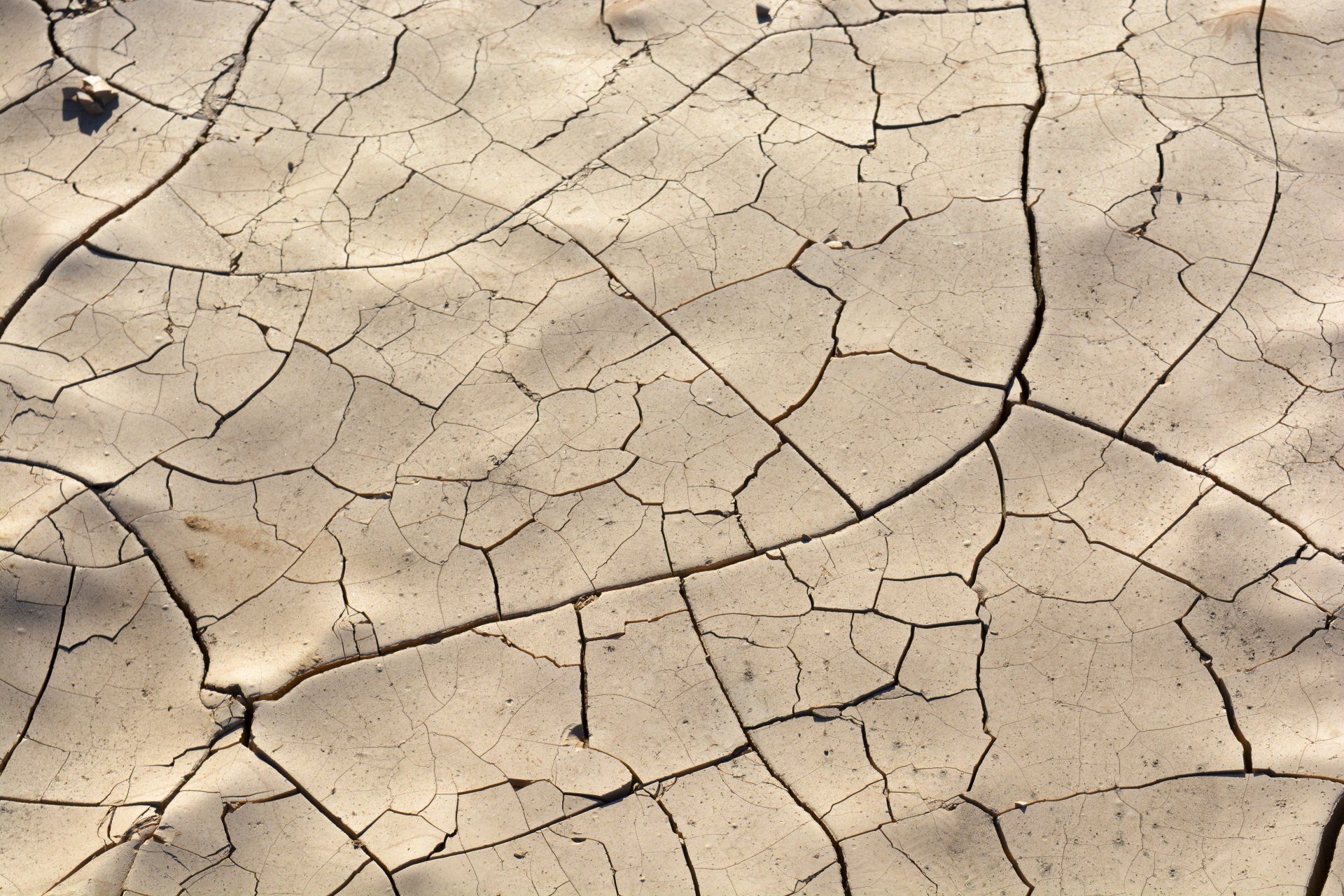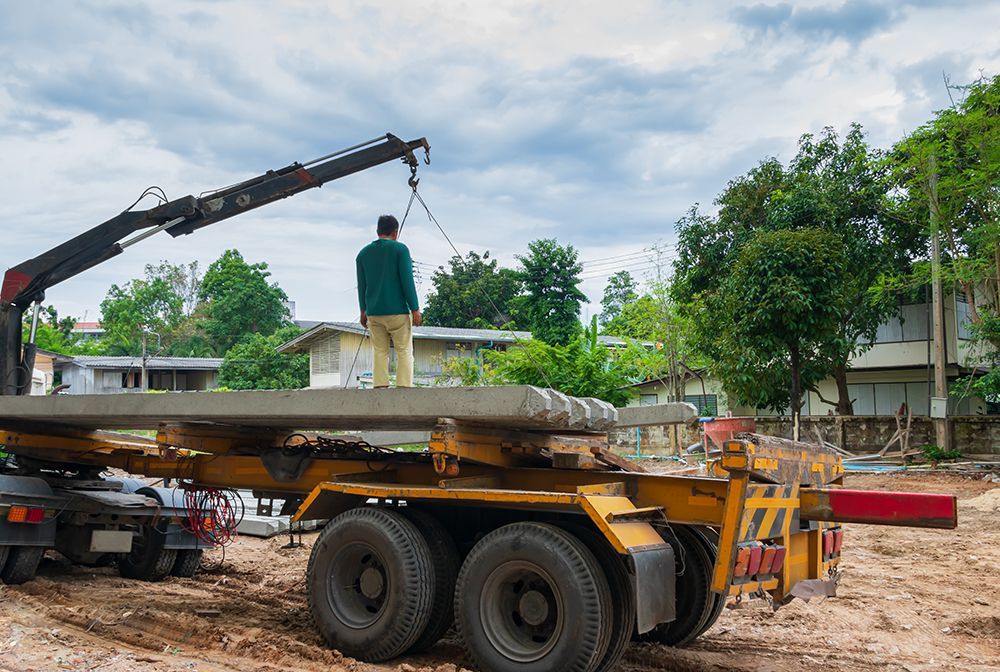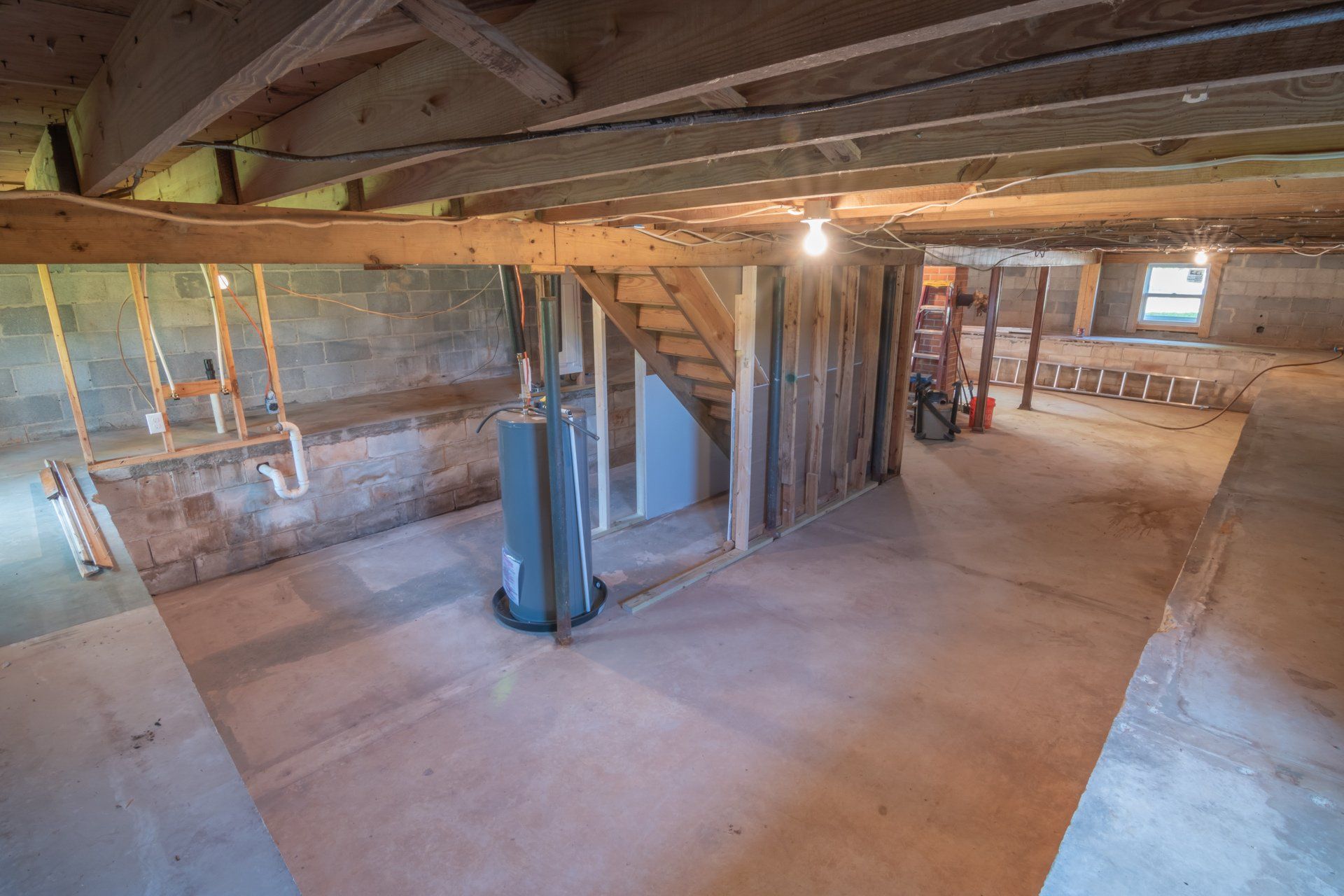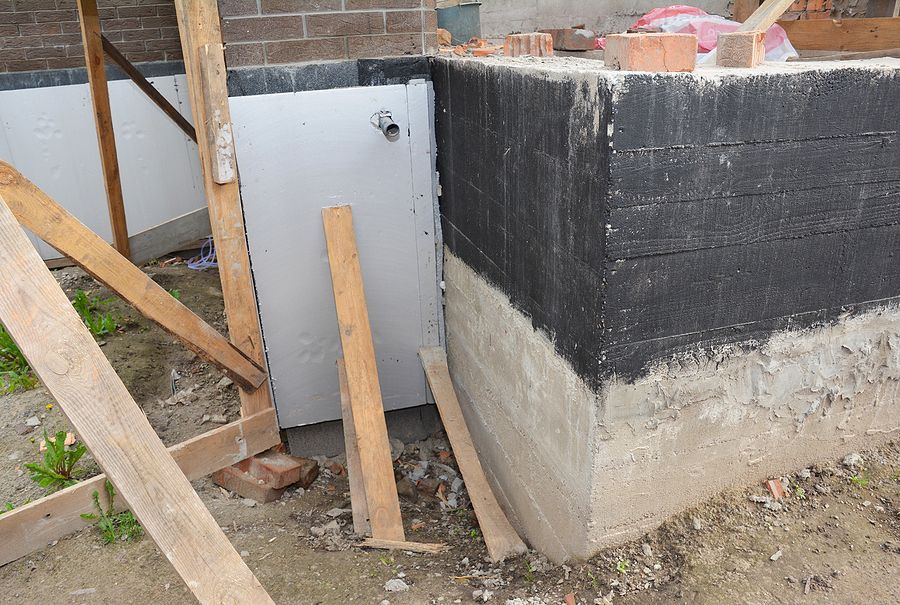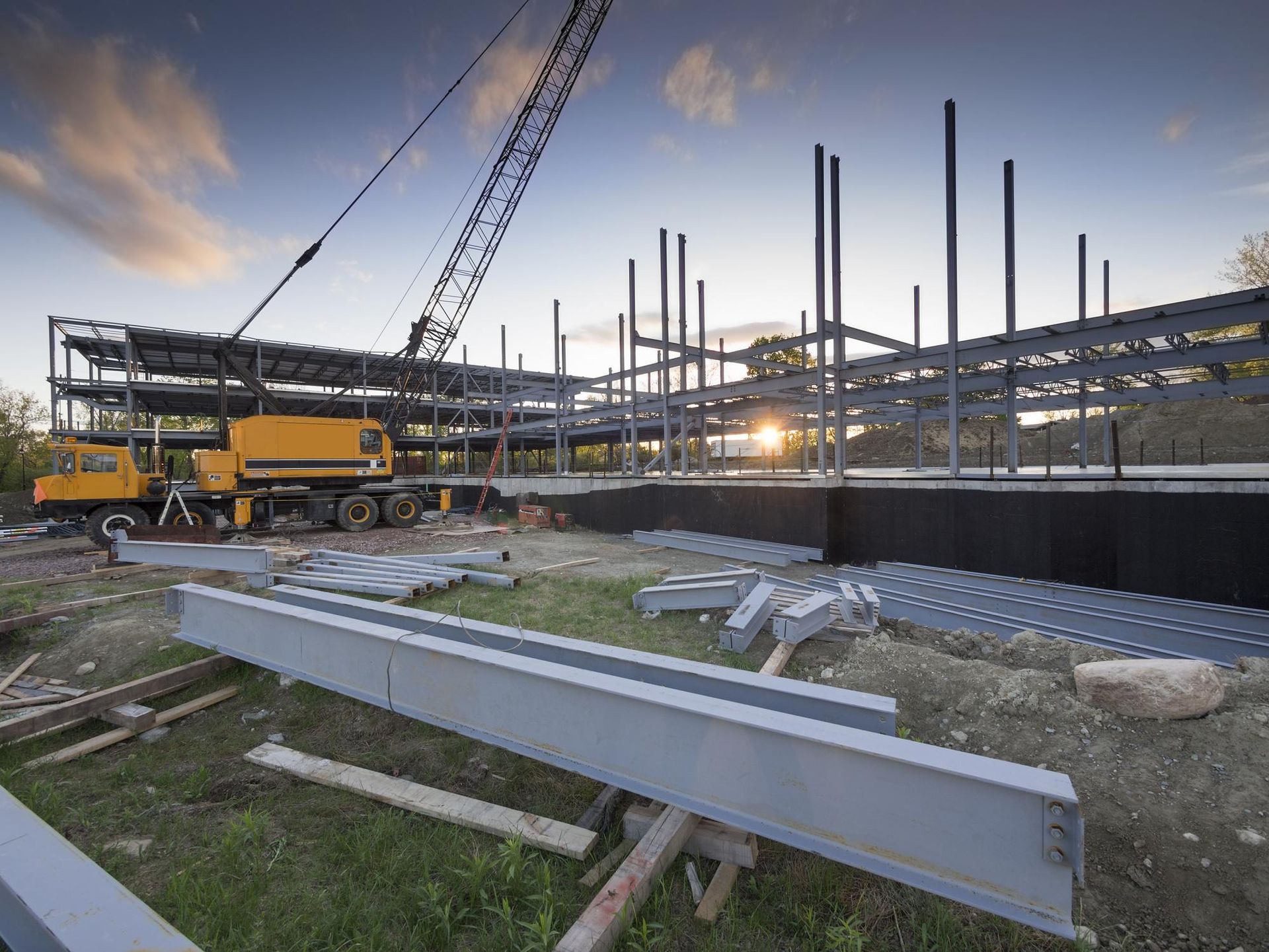Drainage Mastery: Key to Averting Foundation Problems
"Foundation Health Starts with Drainage: Understanding the Connection"
Your home's foundation is its literal base, providing stability and support to the entire structure. As such, maintaining a solid and intact foundation is crucial for the long-term health of your home. Foundation issues can manifest in various ways, from cracks in the walls to uneven floors. One often overlooked but essential aspect of foundation maintenance is proper drainage. In this article, we will explore the vital role of drainage in preventing foundation issues and discuss key methods such as patching concrete floors,
waterproofing basement walls, repairing concrete driveways, and resurfacing foundation walls.
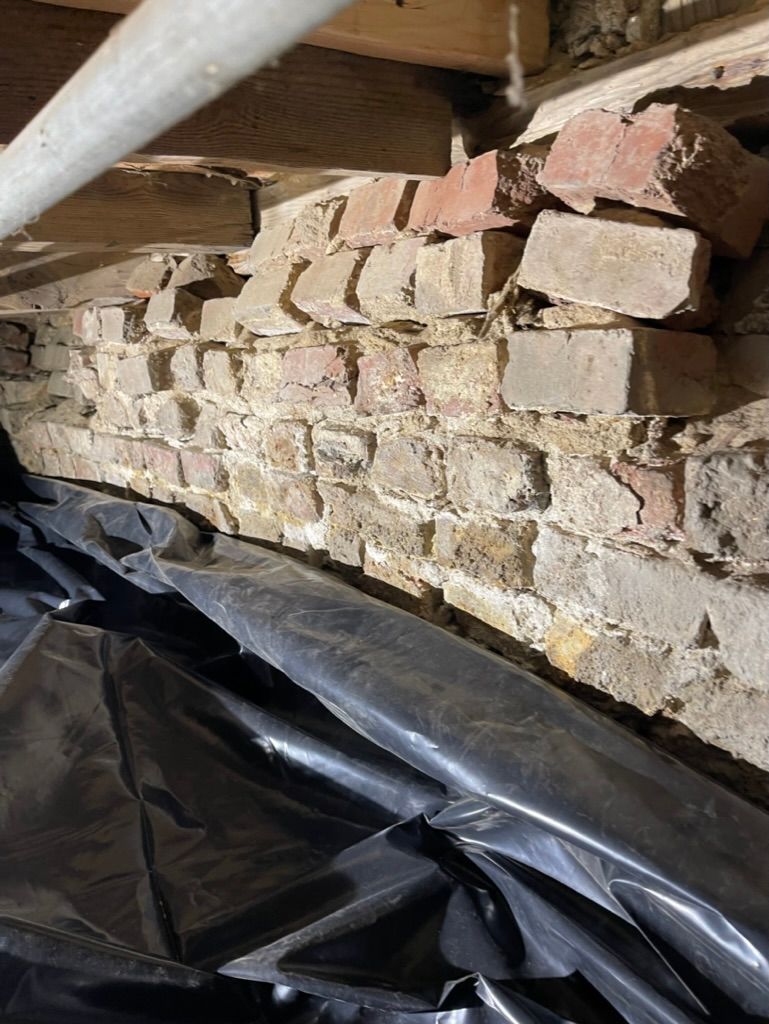
Understanding Foundation Problems
Before delving into the role of drainage, it's essential to understand the common foundation issues that homeowners may encounter. These issues often stem from soil movement, inadequate construction, or water-related problems. Some of the most prevalent foundation problems include:
a. Cracks in Walls:
These can indicate foundation settling or shifting, typically caused by unstable soil.
b. Uneven Floors: Sagging or uneven floors can result from foundation settlement, which may be triggered by poor drainage.
c. Basement Leaks:
Water seeping into the basement can weaken the foundation over time and promote the growth of mold and mildew.
d. Crumbling Concrete: Foundation walls and floors can deteriorate due to water damage or poor construction.
To address and prevent these issues, it is crucial to maintain effective drainage systems around your home.
Patching Concrete Floors and Driveways
Patching concrete floors and driveways is an essential maintenance task that contributes to preserving your foundation's integrity. Cracks or holes in concrete surfaces can allow water to penetrate, leading to moisture-related problems that affect your foundation.
a. Patching Concrete Floors:
i. Identify Cracks:
Regularly inspect your concrete floors for cracks or holes. Even minor cracks can allow water to seep through.
ii. Clean the Surface: Before patching, clean the affected area thoroughly, removing any loose debris and dust.
iii. Choose the Right Patching Material:
Select a suitable concrete patching compound or mortar mix. Follow the manufacturer's instructions for mixing and application.
iv. Apply the Patch: Fill the cracks or holes with the patching material, ensuring it is level with the surrounding surface. Smooth the patch with a trowel for a seamless finish.
v. Seal the Surface: To prevent future moisture infiltration, consider applying a concrete sealer to the patched area.
b. Patching Concrete Driveways:
i. Inspect for Damage:
Regularly inspect your driveway for cracks, pits, or potholes. Address any issues promptly to prevent further deterioration.
ii. Clean the Surface: Remove dirt, debris, and loose material from the damaged area.
iii. Patch the Driveway:
Use a high-quality concrete patching material designed for driveways. Follow the manufacturer's instructions for proper application.
iv. Cure and Seal:
Allow the patch to cure as per the recommended time frame, and then apply a driveway sealer to protect the surface from moisture and wear.
By patching concrete floors and driveways, you can prevent water from infiltrating the foundation through these pathways.
Waterproofing Your Basement Walls
Basement walls are particularly vulnerable to moisture-related issues, making waterproofing a critical step in foundation maintenance. When water seeps through basement walls, it can weaken the foundation and create an environment conducive to mold and mildew growth.
a. Exterior Waterproofing:
i. Excavation: In this method, the soil around your
home's foundation is excavated to expose the basement walls.
ii. Clean and Repair:
Clean the walls and repair any cracks or defects in the concrete.
iii. Apply Waterproofing Membrane:
A waterproofing membrane or coating is applied to the exterior of the walls to create a barrier against water penetration.
iv. Install Drainage System: A drainage system, such as a French drain, is installed at the base of the walls to direct water away from the foundation.
v. Backfill:
Once the waterproofing is complete, the excavated soil is backfilled and compacted.
b. Interior Waterproofing:
i. Identify Interior Leaks:
Identify areas where water is entering the basement and repair any visible cracks or leaks.
ii. Apply Interior Waterproofing Coating: An interior waterproofing coating is applied to the basement walls to prevent moisture intrusion.
iii. Install Interior Drainage System:
A drainage system, like a sump pump, may be installed inside the basement to manage any water that infiltrates.
Interior and exterior waterproofing measures work together to create a robust defense against basement moisture, ultimately protecting the foundation from damage.
Resurfacing Foundation Walls
Over time, the exterior of your foundation walls may deteriorate due to exposure to the elements. Resurfacing these walls not only improves their appearance but also reinforces their ability to resist moisture and maintain structural integrity.
a. Surface Preparation:
Start by cleaning the foundation walls to remove dirt, debris, and loose material. Repair any visible cracks or defects in the concrete.
b. Apply a Waterproofing Coating: To enhance the foundation's resistance to moisture, apply a waterproofing coating or sealant to the exterior surface. This helps to repel water and protect the concrete from damage.
c. Reinforce with Insulation:
Consider adding an insulating layer to the exterior of the foundation walls. This can help regulate temperature and reduce the risk of moisture infiltration.
d. Regular Maintenance:
Periodically inspect the foundation walls for any signs of deterioration and address them promptly.
Resurfacing foundation walls is not only a cosmetic enhancement but also a functional one, as it strengthens the barrier against moisture and external elements.
Proper Drainage Systems
A well-designed drainage system is essential for preventing water-related foundation issues. Here are some key components and strategies to consider:
a. Gutters and Downspouts:
Ensure that your home has a functioning gutter system that directs rainwater away from the foundation. Downspouts should extend several feet from the house to prevent water from pooling near the foundation.
b. French Drains: French drains are underground drainage systems that collect and redirect groundwater away from the foundation. They consist of a perforated pipe surrounded by gravel or rock.
c. Grading: Proper grading of the landscape around your home is crucial. The ground should slope away from the foundation to prevent water from pooling near the walls.
d. Sump Pump:
If your home is prone to basement flooding, consider installing a sump pump. It collects excess water and pumps it away from the foundation.
e. Surface Drains: Surface drains, such as catch basins, can help manage surface water runoff and prevent it from accumulating near the foundation.
f. Regular Maintenance:
Keep your drainage system clean and free of debris to ensure it functions effectively.
Conclusion
The role of drainage in preventing foundation issues cannot be overstated. A well-maintained drainage system, along with proper patching of concrete floors and driveways, waterproofing of basement walls, resurfacing of foundation walls, and other
foundational maintenance tasks, is crucial for the long-term health and stability of your home. By taking proactive measures to address moisture infiltration and soil stability, you can protect your foundation from costly repairs and ensure the safety and longevity of your home. Regular inspections and maintenance are key to identifying and addressing any issues promptly, ultimately saving you time, money, and stress in the long run.


